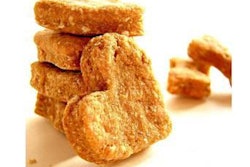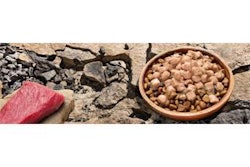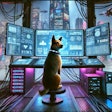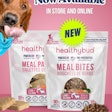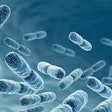The aims of this study were twofold: to determine whether vitamin D supplementation influenced the effects of high vitamin A intake on new bone formation in adult cats; and to determine whether high vitamin A intake in cats caused liver pathology and, if so, whether the current upper limit for the dietary intake of vitamin A for healthy adult cats would be safe.
Twenty-four healthy adult cats were divided into four groups that received a control diet supplemented with peanut oil (control), or peanut oil containing a 100-fold increase in vitamin A, or a 100-fold increase in vitamin A and a fivefold increase in vitamin D, or a 100-fold increase in vitamin A and a 65-fold increase in vitamin D over a period of 18 months. Cats did not show abnormal locomotion or clinical signs of liver failure after 18 months of supplementation but did show subtle skeletal changes and liver pathology, suggesting that the current National Research Council (2006) safe upper limit for vitamin A for cats is too high. The addition of vitamin D did not seem to influence bone pathology.
While moderately elevated dietary vitamin D levels seemed to protect cats against the liver pathology caused by the consumption of large amounts of vitamin A, higher dietary levels of vitamin D did not seem to be protective.
Source: R.J. Corbee et al., 2014. Skeletal and hepatic changes induced by chronic vitamin A supplementation in cats. Br Vet J online, December 2014. doi:10.1016/j.tvjl.2014.09.029.



